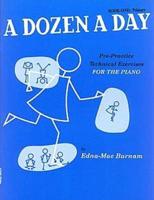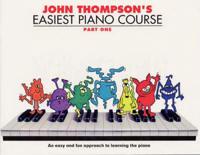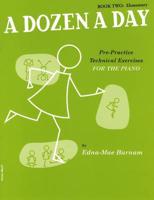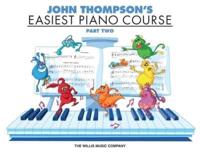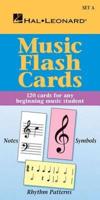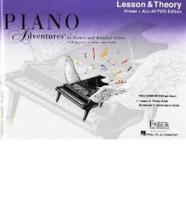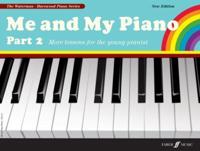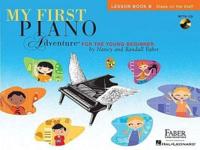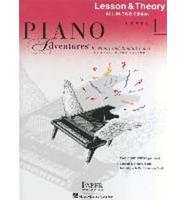Publisher's Synopsis
I had been looking for something that was not just another method book to help my aspiring music students to be able to add the mandolin to their skill set, but what I was looking for did not exist... so I created it.
This book is broken down into eight sections:
Section One briefly goes over some of the basics of music, how the mandolin is tuned, a brief explanation of tablature and standard notation.
Section Two starts with really simple 'warm-up' type pieces designed to help an absolute beginner make sense out of the tablature. After a few of these 'warm-ups', you'll find familiar tunes like Jingle Bells, Ode to Joy, and many more to help you to know you are on the right track.
Section Three focuses on music from the Classical repertoire and is included to be more challenging, and to expose mandolin students to some of the great melodies left behind by the likes of J.S. Bach, Beethoven, Grieg, W.A. Mozart, and a few more.
Section Four is about learning chords and how to strum and arpeggiate them. This section puts chords together into common progressions (groups of chords) that work well in many songs of many styles, including pop, rock, folk, country, blues, and jazz.
Section Five is all about scales and scale fingerings, as well as exercises to develop speed and precision.
Section Six contains several exercises to develop basic techniques, followed by passages from Classical music that are arranged in progressive order. Passages from W.A. Mozart, L. Mozart, Burgmüller, Haydn, Beethoven, Czerny, J.S. Bach, C.P.E. Bach, and Chopin are shown using open strings, and again in closed-position. Most of the passages also include variations.
Section Seven is comprised of more music from the Classical Music repertoire, except this time the arrangements are quite a bit more complex. Two arrangements are included for each of these pieces - the first has just the single-note melody, while the second is a full chord melody arrangement that is significantly more challenging.
Section Eight, the final section of the book, is for those who wish to learn to read standard notation for mandolin. It includes a "tab to notation" section, some music notation basics, a handful of scales, and 64 sight reading exercises in the keys of C, G, and F Major.
While I recommend that beginning students start at the beginning of this book with the guidance of a professional instructor, experienced players - or perhaps those who already play other instruments - can start wherever they feel comfortable and get out of it what they need in order to achieve their goals.

